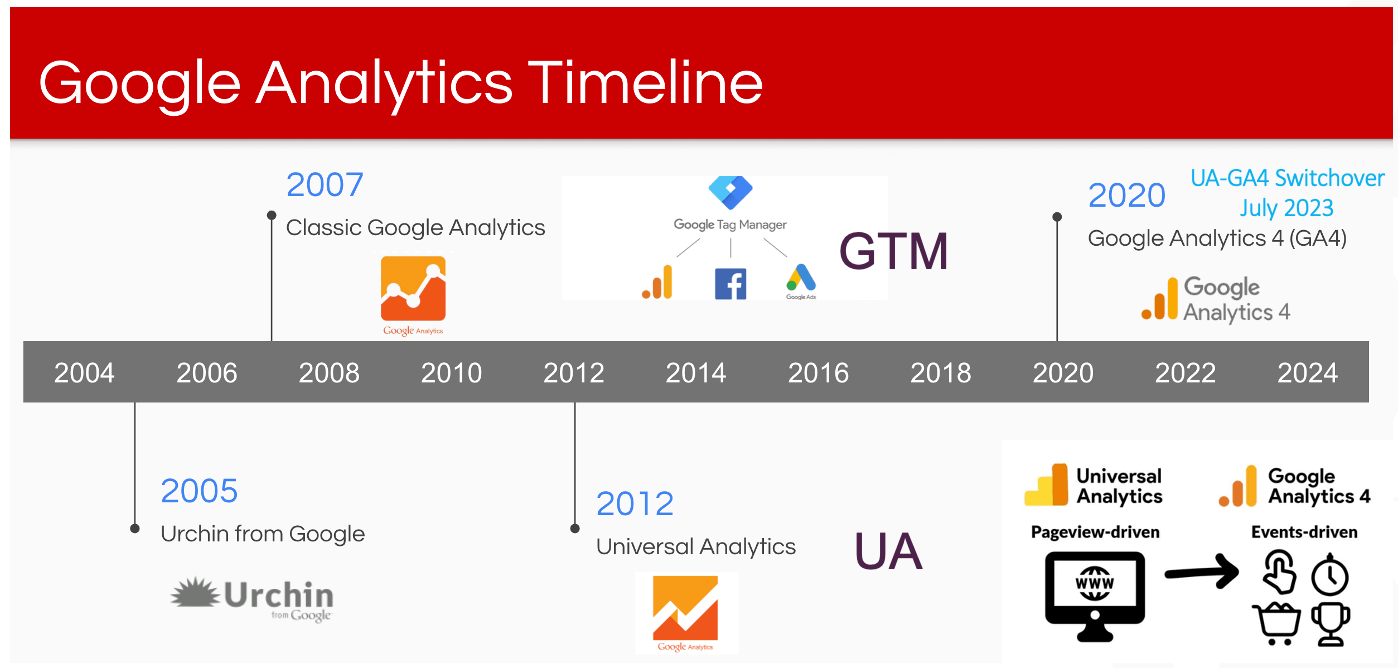Unboxing the Mystery: When Does the Google Analytics Tracking Code Send an Event Hit to Analytics?
Unboxing the Mystery: When Does the Google Analytics Tracking Code Send an Event Hit to Analytics?
Blog Article
Master Web Site Insights With Accurate Google Analytics Tracking Code
The efficient usage of Google Analytics hinges on the accurate implementation of its monitoring code, an essential action commonly neglected by internet site proprietors. What are the common challenges that could weaken your tracking efforts, and how can you make certain precision in your method?
Recognizing Google Analytics Fundamentals
Google Analytics is a vital tool for website owners and marketers, giving very useful insights into individual actions and site efficiency. At its core, Google Analytics gathers information regarding site visitors to a website, permitting users to examine metrics such as traffic resources, user engagement, and conversion prices. Recognizing these principles is important for maximizing a site's efficiency and boosting user experience.
The platform utilizes cookies to track communications, videotaping data such as page views, session periods, and bounce prices. This details is aggregated and provided with personalized dashboards, allowing customers to imagine fads with time. Secret performance signs (KPIs) can be kept an eye on, such as the complete number of individuals, brand-new versus returning site visitors, and the geographical circulation of the target market.
Furthermore, Google Analytics uses division attributes, allowing individuals to separate certain web traffic sources or individual demographics for even more targeted evaluation. By understanding these fundamental components, internet site proprietors can make enlightened choices concerning web content approach, advertising projects, and overall website enhancements. Inevitably, comprehending Google Analytics essentials is crucial for leveraging data to drive development and attain organization purposes properly.
Establishing Your Monitoring Code

Replicate the given monitoring code and paste it right into the HTML of your web site. This makes sure that the monitoring code lots prior to any other web content, permitting it to record data accurately.
After installment, validate that the tracking code is operating properly by utilizing Google Tag Aide or the Real-Time reports in Google Analytics - when does the google analytics tracking code send an event hit to analytics?. This step is important to confirm that your information collection is active and accurate, establishing the foundation for insightful analysis
Common Monitoring Code Issues
Lots of site proprietors run into typical concerns with their Google Analytics tracking code that can impede data collection and evaluation. One common concern is improper setup. This may take place when the tracking code is put in the wrong section of the internet site's HTML, commonly resulting in insufficient or missing data. Furthermore, having multiple instances of the monitoring code on a solitary page can lead to filled with air metrics, as individual communications might be counted greater than once.
Another concern occurs from making use of ad blockers, which can protect a knockout post against the tracking code from carrying out completely, hence skewing data. when does the google analytics tracking code send an event hit to analytics?. Furthermore, failing to set up filters appropriately can lead to the exclusion of necessary traffic sources or the inclusion of unwanted More hints recommendation spam, misshaping the information gathered
Site owners may likewise ignore the relevance of monitoring code updates, specifically when moving to Google Analytics 4 (GA4) from Universal Analytics. Last but not least, not enough screening prior to releasing adjustments can cause unseen mistakes in the monitoring code, further complicating data integrity. Addressing these common issues is essential for guaranteeing precise tracking and insightful analytics.
Studying Internet Site Information Successfully
Precise data collection is only the primary step in leveraging Google Analytics; the real worth exists in successfully examining that information to drive informed decision-making. To achieve this, it is important to identify vital efficiency indicators (KPIs) that align with your organization objectives. Focus on metrics such as conversion rates, customer interaction, and web traffic sources, as these will certainly supply insights right into individual behavior and the total efficiency of your site.
Making Use Of Google Analytics' segmentation attributes permits a much deeper understanding of your audience. By damaging down data right into certain demographics, behaviors, and website traffic channels, you can reveal patterns and patterns that educate targeted methods. Executing custom records and control panels can enhance this process, allowing quick accessibility to significant information.
Moreover, frequently assessing information trends with time assists to identify anomalies and opportunities for renovation. Use visualization devices to existing data in an easily absorbable style, helping view it with much more efficient communication with stakeholders. Ultimately, the capability to analyze internet site data successfully encourages businesses to make tactical decisions that improve customer experience, maximize marketing efforts, and drive growth.

Finest Practices for Accurate Tracking
Implementing reliable tracking techniques is critical for acquiring reputable information in Google Analytics. To make sure accurate monitoring, begin by appropriately setting up the Google Analytics tracking code on every web page of your site. This can be completed with a tag supervisor or by directly installing the code into the HTML.
Next, configure your Google Analytics account to leave out internal web traffic. This can be done by establishing filters that identify and get rid of visits from your organization's IP address, consequently preventing skewed data. Furthermore, make use of occasion tracking to keep track of certain customer interactions, such as downloads or video plays, which common web page sights may neglect.
Regularly investigate your monitoring arrangement to validate that all features, such as goals and ecommerce monitoring, are functioning appropriately. Establish a regular naming convention for your campaigns and occasions to promote easier reporting and analysis.
Lastly, consider leveraging UTM parameters for campaigns to acquire insights into the efficiency of different marketing efforts. By following these best practices, you can enhance the precision of your information collection and evaluation, inevitably bring about even more enlightened decision-making for your internet site.
Verdict
By ensuring the monitoring code is correctly placed and regularly investigated, web site owners can record crucial customer communication data, hence facilitating the recognition of vital efficiency indicators. Inevitably, a robust tracking framework boosts the ability to drive interaction and improve general internet site performance.

Insufficient testing prior to releasing modifications can result in unseen mistakes in the tracking code, further making complex information reliability.Implementing reliable monitoring methods is vital for acquiring trustworthy data in Google Analytics. By making sure the monitoring code is correctly placed and frequently audited, website proprietors can catch crucial individual interaction data, hence facilitating the recognition of crucial performance indications.
Report this page